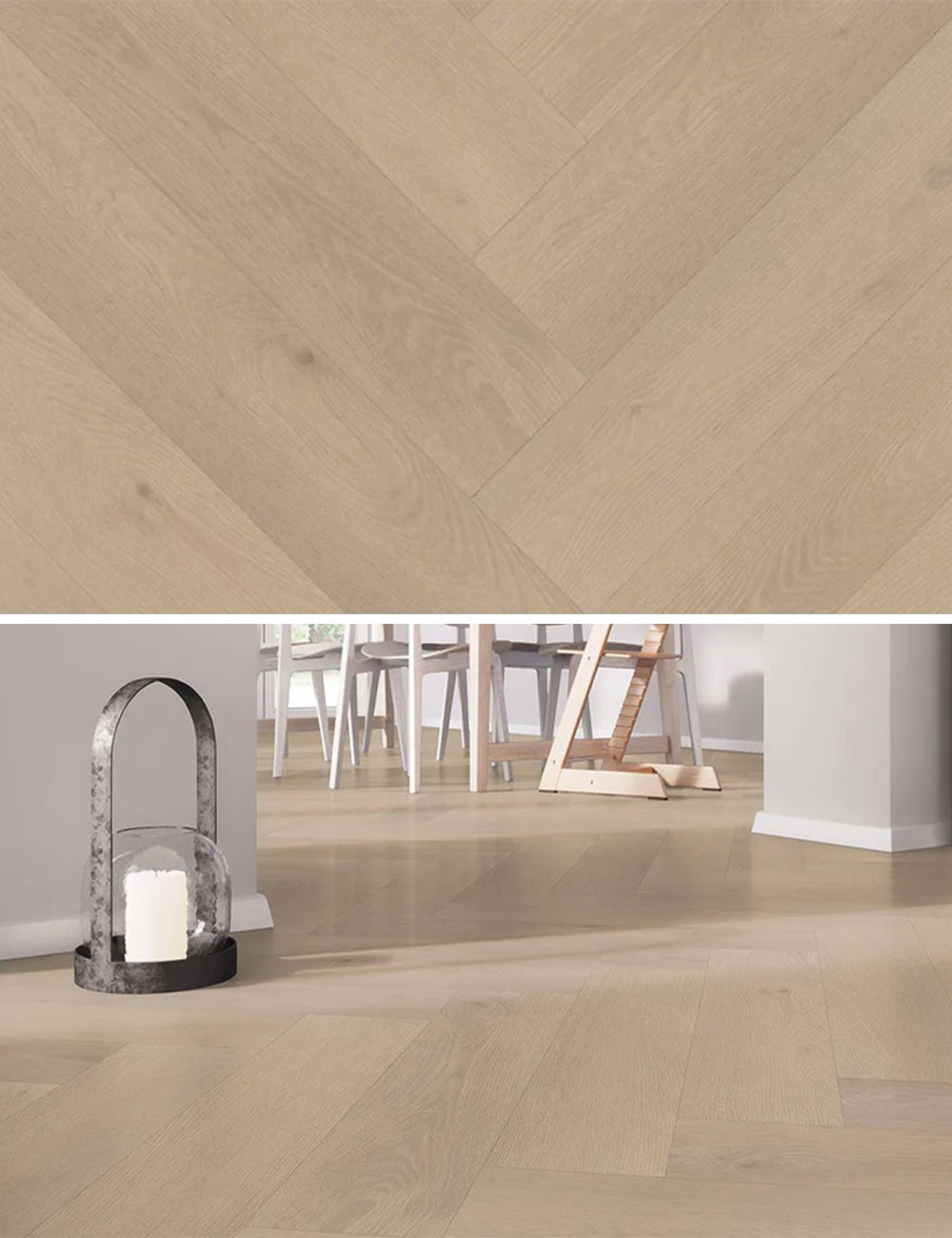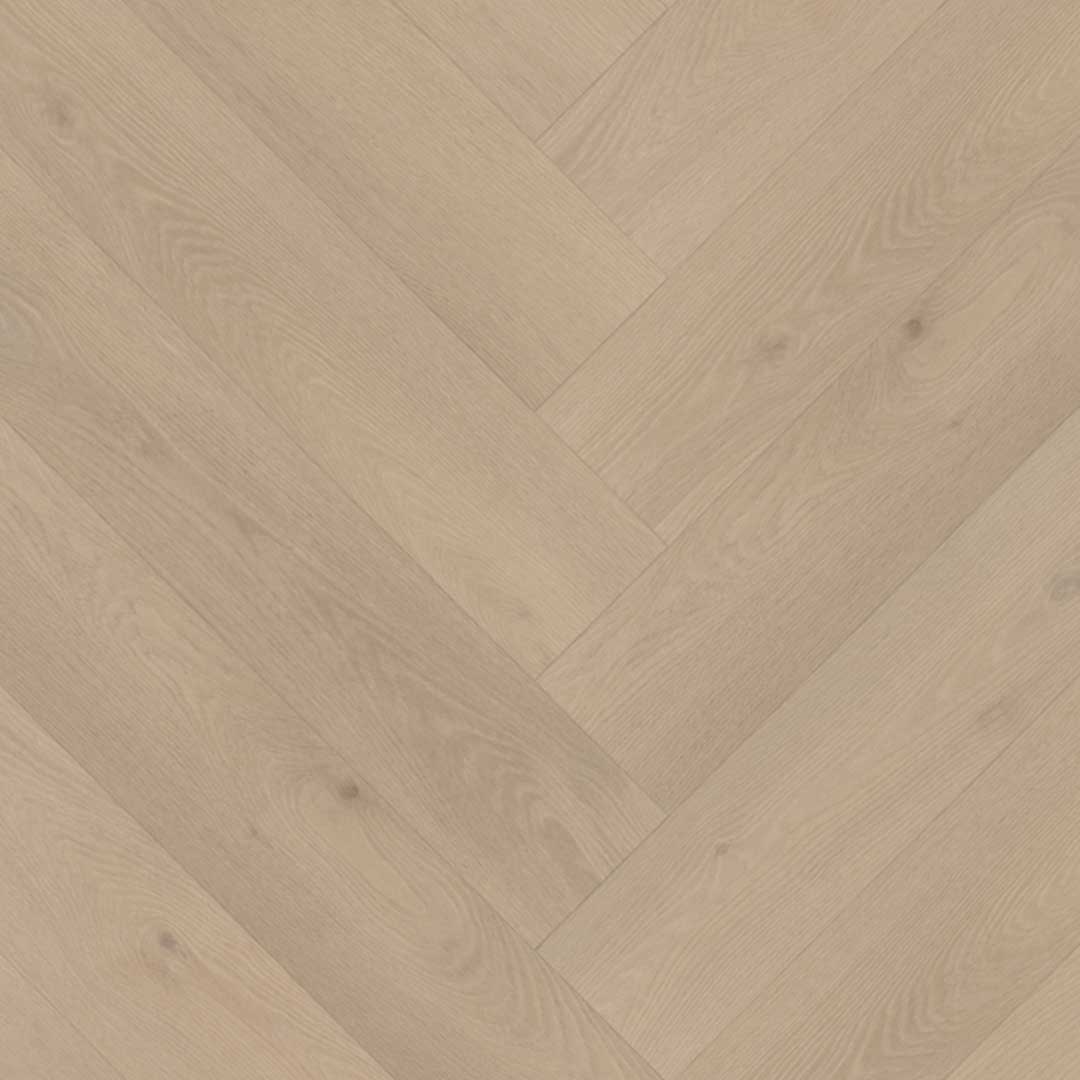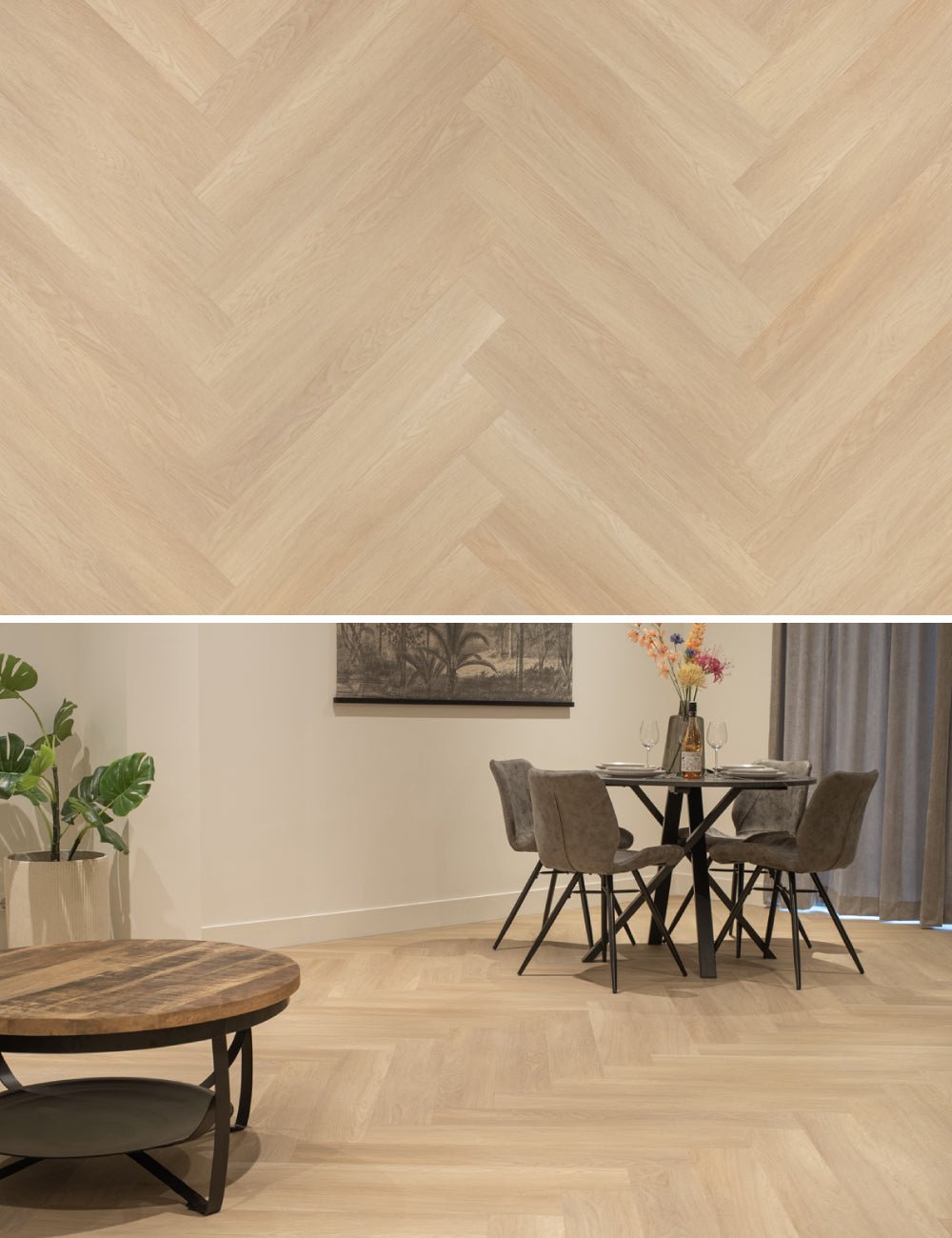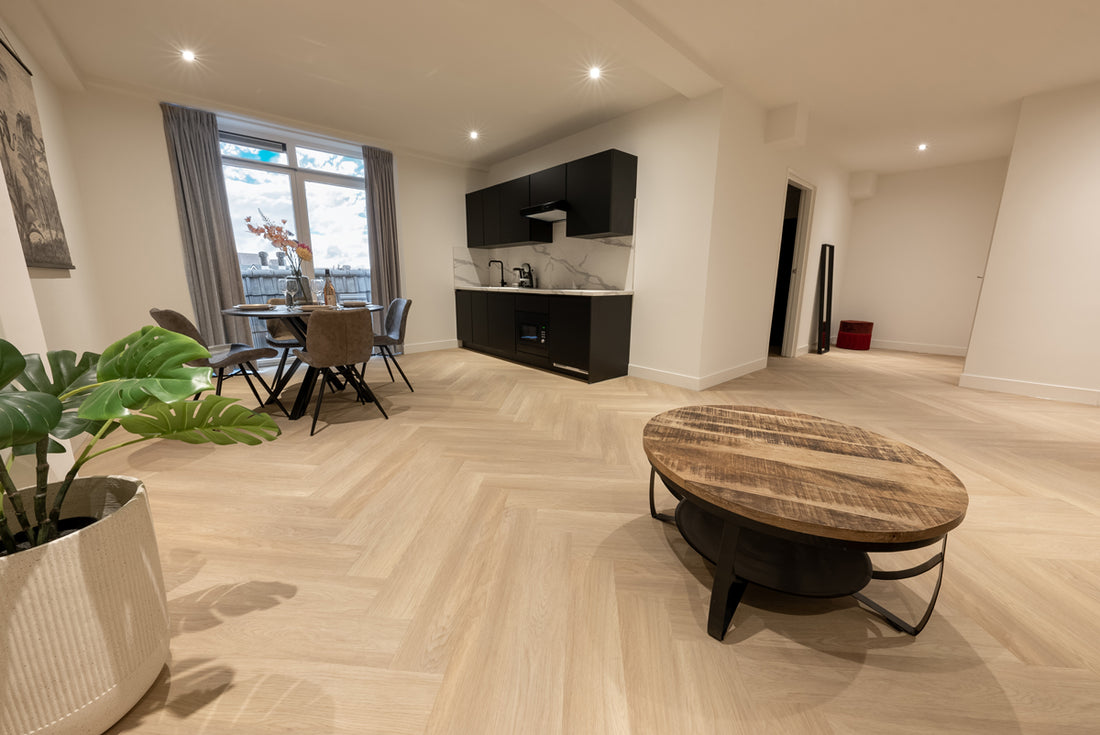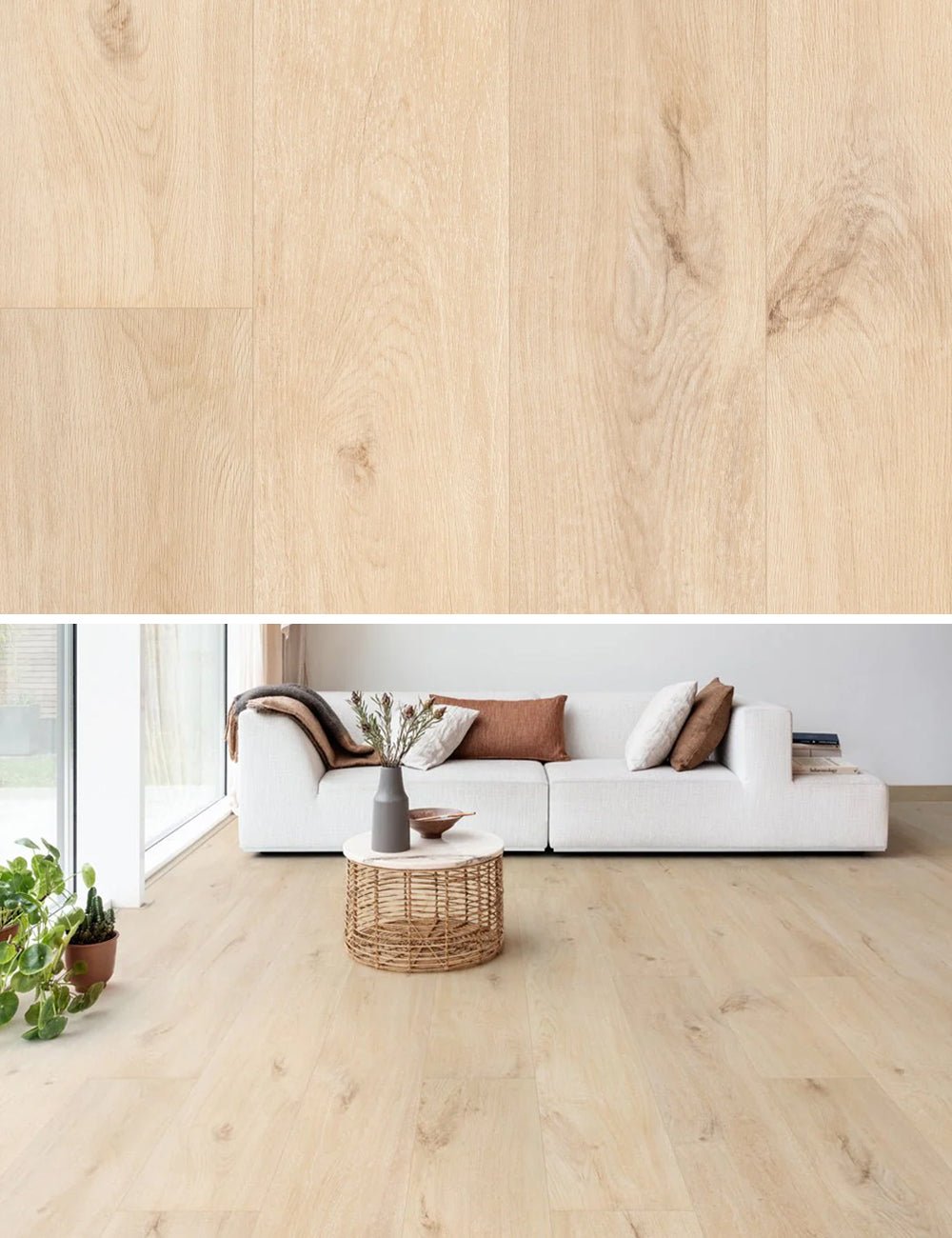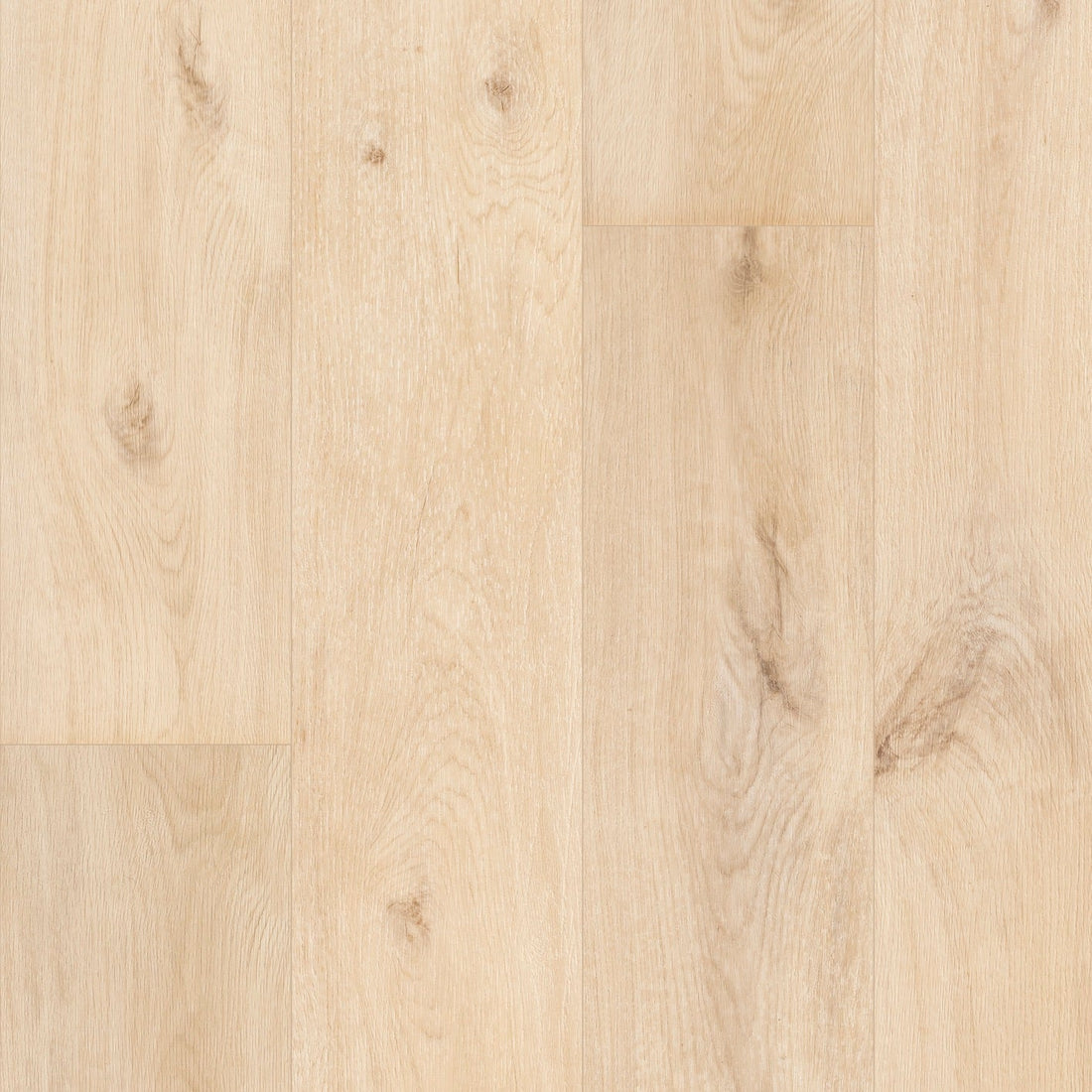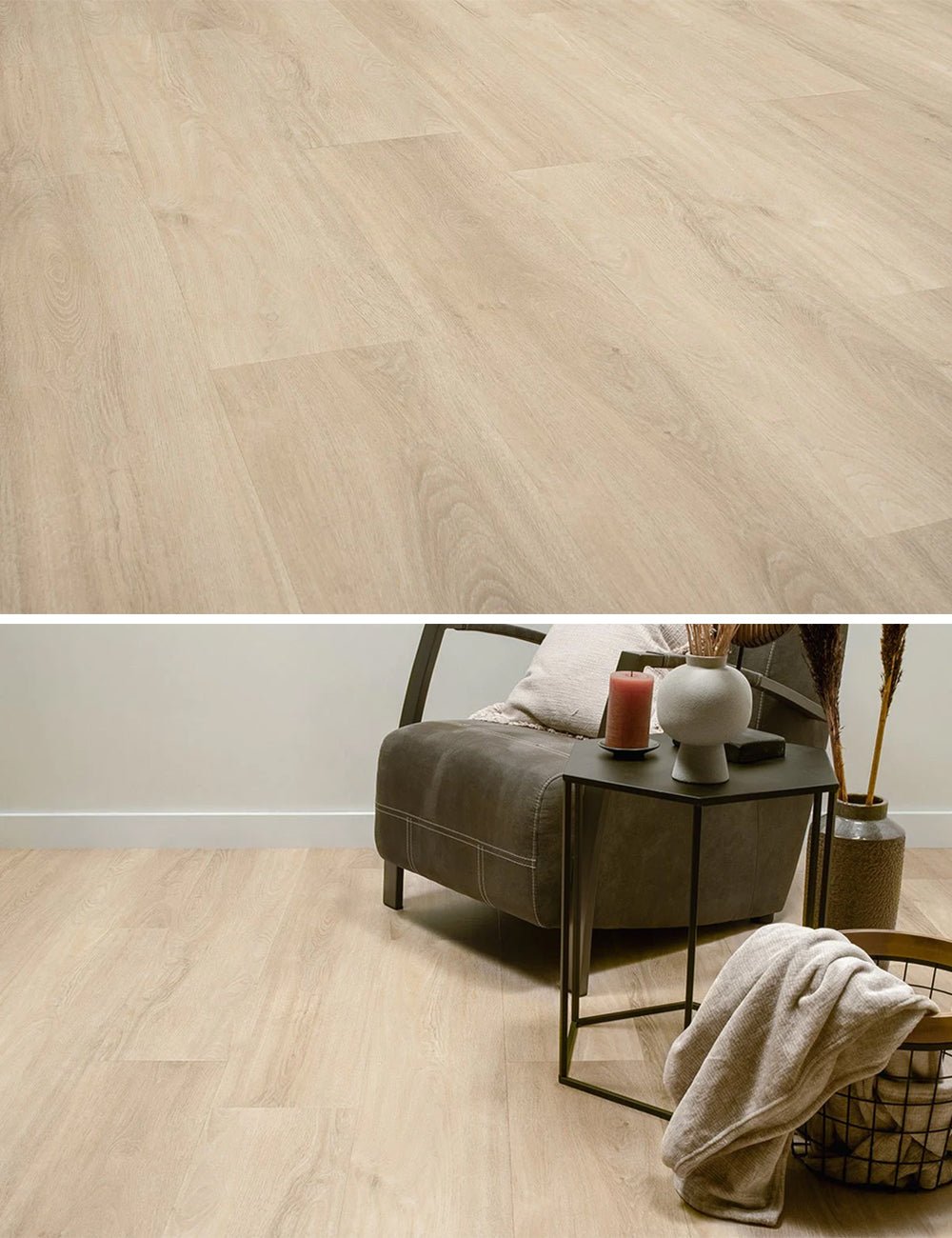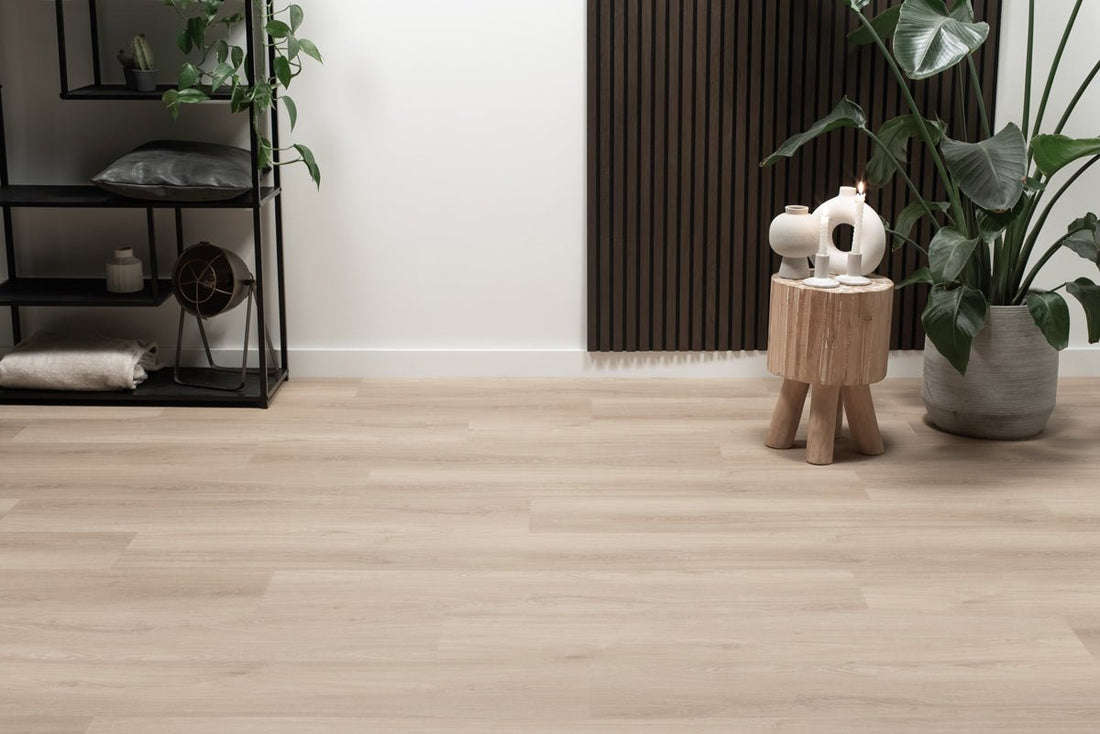Catering floors
- Featured
- Best selling
- Alphabetically, A-Z
- Alphabetically, Z-A
- Price, low to high
- Price, high to low
- Date, old to new
- Date, new to old
Catering floors, from slab PVC to attractive hybrid wood
Most customers choose the rock-solid adhesive PVC floors from top brands such as Floer and Floorlife. For an atmospheric restaurant, hotel bar or lunch café, real wood is of course also beautiful. But real wood is fragile, not easy to maintain and difficult to keep beautiful. Fortunately, a solution has recently been found in the form of hybrid wood floors. This new type of floor is also suitable for catering establishments. The top layer of Hybrid parquet is made of real wood, but this very thin layer has been applied with a special technique that makes it extremely strong. The underlay that is under this top layer is also very suitable for underfloor heating. Moreover, these attractive floors can be kept clean and maintenance in the form of sanding is not necessary. Maybe something for you?
Tailored advice
Are you stuck? We are happy to help you with tailor-made advice for your floor for your new restaurant, eatery or, for example, wine bar. We can also send samples of our A-brand catering floors to you or your architect.
Häufig gestellte Fragen zu Catering floors
Was sind die wichtigsten Merkmale eines Gastronomiebodens?
Ein Gastronomieboden muss strapazierfähig, pflegeleicht sowie unempfindlich gegen Feuchtigkeit und Schmutz sein. Darüber hinaus muss der Boden auch für langes Stehen des Personals angenehm sein und sich leicht reinigen lassen, um den Hygienevorschriften zu entsprechen.
Welche Bodenarten eignen sich für Gastronomiebetriebe?
PVC, Gussböden, Keramikfliesen und bestimmte Laminat- oder Holzböden sind beliebte Optionen. PVC- und Gussböden sind wasserabweisend und leicht zu reinigen, während Keramikfliesen verschleißfest und hitzebeständig sind.
Sind Gastronomieböden hohen Belastungen gewachsen?
Ja, die meisten Böden im Gastgewerbe sind für starke Beanspruchung und schwere Möbel oder Geräte ausgelegt. Beispielsweise sind PVC, Fliesen und Beton sehr robust und druck- und verschleißfest.
Welcher Boden ist für ein Restaurant am besten geeignet?
Ein Restaurantboden muss strapazierfähig, hygienisch und pflegeleicht sein. PVC- und Keramikfliesen sind beliebte Optionen, aber auch ein gut verarbeiteter Beton- oder Gussboden stellt eine stilvolle und praktische Lösung dar.








